The strategic action plan to implement Resolution No. 57-NQ/TW proposes a modern, synchronous, and unified governance model in operation, organization, and implementation; a real-time monitoring and evaluation mechanism to effectively implement the Resolution.
Ensuring overall, strategic, comprehensive, unified and synchronous nature
Vietnam is entering a pivotal development phase, in which science , technology, innovation and digital transformation play a fundamental role in enhancing national competitiveness and adaptability to long-term fluctuations.
In response to that urgent need, Resolution 57-NQ/TW was quickly issued and attracted great attention from Party committees at all levels, authorities, scientists and the business community.
Speaking at the National Conference on Breakthroughs in Science, Technology, Innovation and National Digital Transformation on January 13, 2025, General Secretary To Lam emphasized: “Resolution 57 of the Politburo has pointed out strategic directions and has been widely agreed upon by cadres, party members, scientists, and the business community at home and abroad, considering this as a "contract 10" in the field of science and technology.”
He also affirmed: “Developing science, technology, innovation and digital transformation is not just a choice, but a path of survival.”
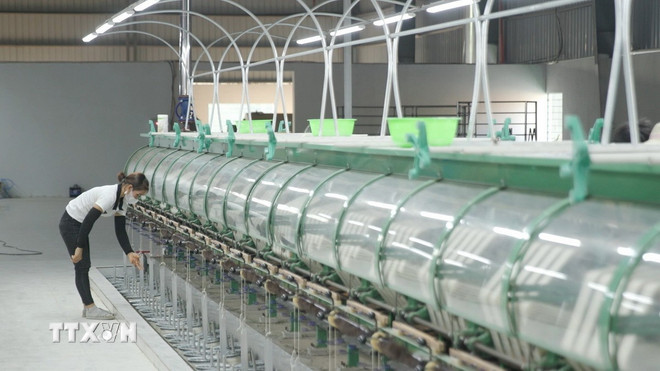
To realize the major orientations of the Resolution, it is necessary to have a comprehensive, strategic action plan with a strong inter-sectoral coordination mechanism to overcome some limitations such as: tasks are still scattered, lack of systematic structure; many breakthrough contents have no precedent for implementation.
To solve this problem, the Central Steering Committee on Science, Technology, Innovation and Digital Transformation Development has issued a Strategic Action Plan to implement Resolution No. 57-NQ/TW.
The plan is implemented on the requirement of clarifying the guiding role of the Central Steering Committee in implementing Resolution No. 57-NQ/TW; ensuring systematic, feasible implementation, in accordance with practical requirements, interconnecting between levels, sectors and between the state sector and the non-state sector; at the same time, serving as a basis for integrating existing programs, plans and projects; orienting the development of new initiatives suitable to the conditions of each sector and locality; providing a basis for concretizing into medium-term and annual plans, target programs, investment and cooperation projects; creating conditions for strengthening coordination, mobilizing resources and synchronously developing innovation factors, application of science, technology and digital transformation.
The implementation of the Plan must ensure systematicity and reasonable stratification between objectives, tasks and tools; flexible design, capable of updating and adjusting to practical situations; clearly defining responsibilities, focal points for implementation and necessary conditions; strengthening coordination between levels and sectors, avoiding overlaps and duplications and integrating effective monitoring, supervision and evaluation tools, serving timely and effective management and adjustment.
System structure suitable for modern management methods
The strategic action plan is designed with a structure of 6 Systems, including 5 key Strategic systems reflecting long-term development pillars and 01 especially important project system focusing on implementing large-scale, breakthrough programs and projects that require centralized direction and mobilization of national resources.
Each system includes a set of guiding, directional initiatives that open up flexible implementation space for agencies, organizations, localities, businesses and the scientific community.

This structure ensures horizontal (inter-sectoral, inter-field) and vertical (central-local) linkages, in line with modern governance methods.
System 1: Institutional innovation and national governance - perfecting institutions, improving governance capacity, building a digital government, enhancing high-tech security and defense; System 2: Industrial development and technological autonomy - mastering core technologies in strategic fields, promoting endogenous industry and digital transformation in enterprises; System 3: Social security and welfare - applying science, technology and digital transformation in healthcare, education, agriculture, environment, labor, housing, etc. to improve quality of life and inclusive development; System 4: Information and data infrastructure - developing new-generation digital infrastructure, ensuring connectivity, safety, and integration; implementing the national data revolution; System 5: Creative capacity and culture of innovation - building a human-centered innovation ecosystem, valuing talents, promoting academia and creativity; System 6: Particularly important projects - implementing strategic projects with high spillover effects such as national AI, gene technology, North-South high-speed railway.
All Systems are specified through a list of Breakthrough Initiatives and a System of Key Performance Indicators (KPIs). Each initiative has content orientation, output products, implementation deadline, responsible agency and evaluation criteria.
Deploy synchronous and effective solutions
To ensure effective implementation of the Strategic Action Plan, the Head of the Central Steering Committee requested the synchronous implementation of key groups of solutions such as promoting the unified coordination role of the Central Steering Committee; establishing a modern governance model, promoting the responsibility of the "Chief Engineer"; integrating the plan's content into socio-economic development programs and plans; establishing a real-time monitoring and evaluation system; perfecting mechanisms, policies and testing specific models; mobilizing diverse resources, prioritizing the budget for key initiatives; strengthening international cooperation, learning from advanced experiences.
The implementation of the Strategic Action Plan is defined in 03 phases, in accordance with medium-term (up to 2030) and long-term (up to 2045) goals.
Specifically, the 2025-2026 period is the initiation and foundation establishment period; the 2026-2030 period is the synchronous implementation and mid-term evaluation period, and the 2030-2045 period is the consolidation, expansion and completion period.
This can be considered a master map, a long-term vision, clearly defining strategic systems, goals and targets for effective implementation of Resolution 57-NQ/TW; a compass, a breakthrough orientation for scientific and technological development, innovation and national digital transformation./.
Source: https://www.vietnamplus.vn/ke-hoach-hanh-dong-trien-khai-nghi-quyet-57-tong-the-thong-nhat-va-dong-bo-post1045772.vnp



![[Photo] Prime Minister Pham Minh Chinh chairs national online conference on new rural construction and poverty reduction](https://vphoto.vietnam.vn/thumb/1200x675/vietnam/resource/IMAGE/2025/6/23/0d239726be21479db1ea6d8d77691a6d)
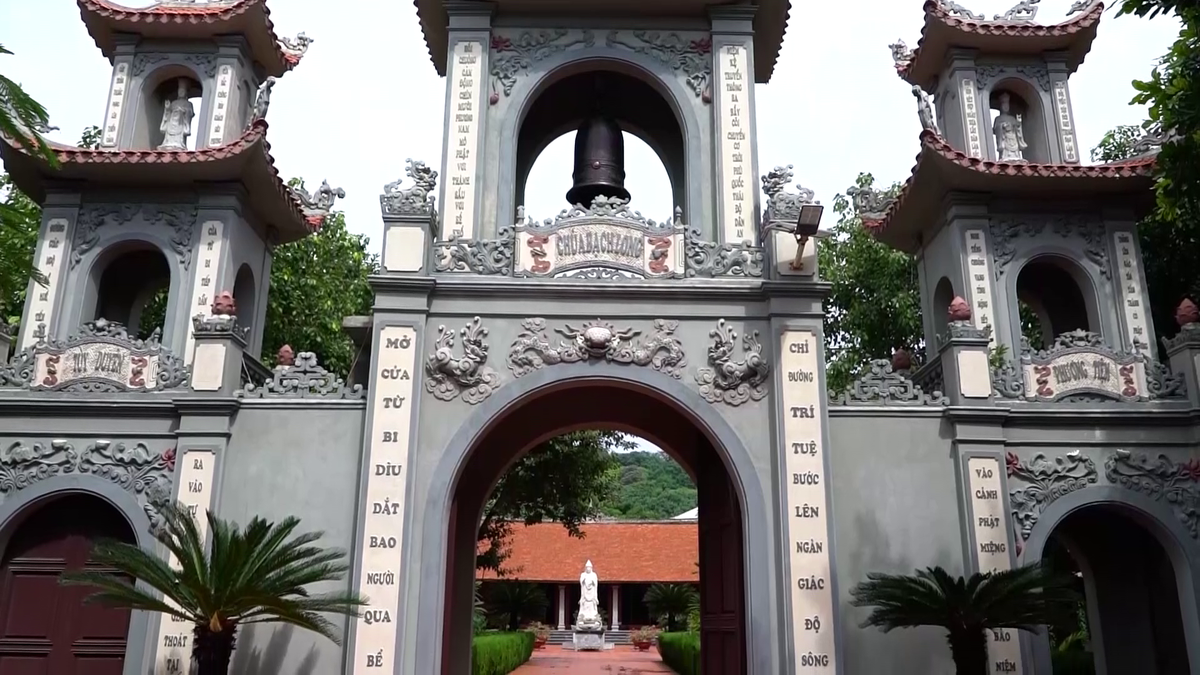
![[Photo] Prime Minister Pham Minh Chinh chairs conference to accelerate disbursement of public investment capital, deploy key projects and eliminate temporary and dilapidated houses](https://vphoto.vietnam.vn/thumb/1200x675/vietnam/resource/IMAGE/2025/6/23/fcb205e3ca19432eac326f55123308f4)

![[Photo] General Secretary To Lam works with the Party Committee of the Fatherland Front and Central organizations](https://vphoto.vietnam.vn/thumb/1200x675/vietnam/resource/IMAGE/2025/6/23/a252b388e91447ac8fabf948c00f2a21)
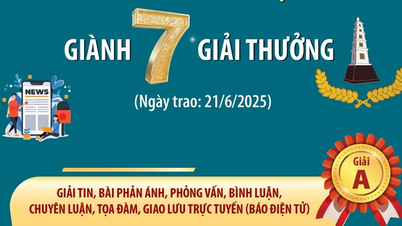

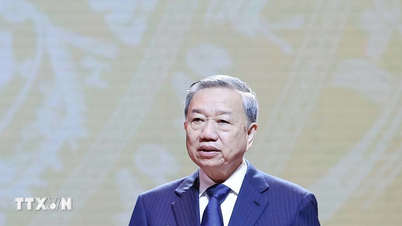

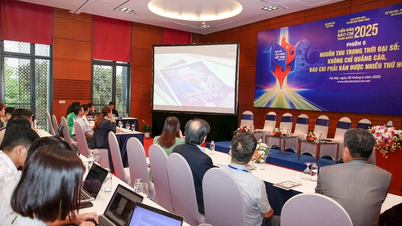
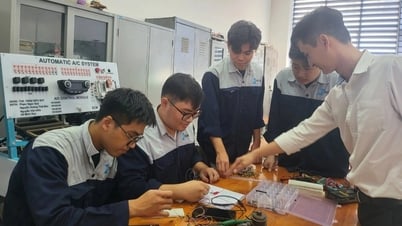

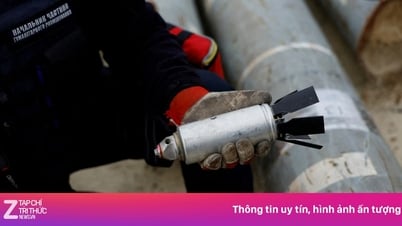

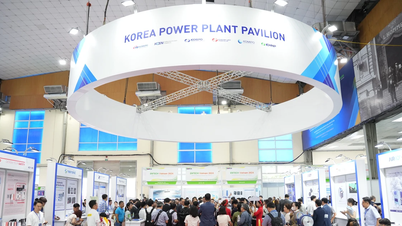



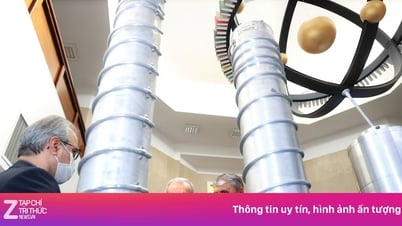








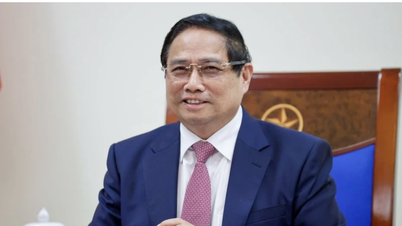
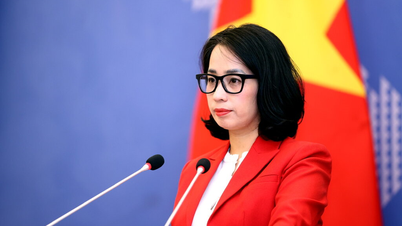
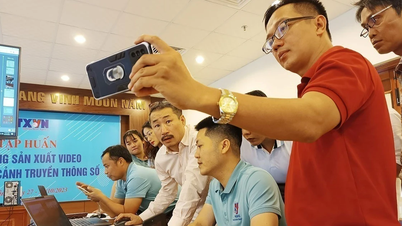


























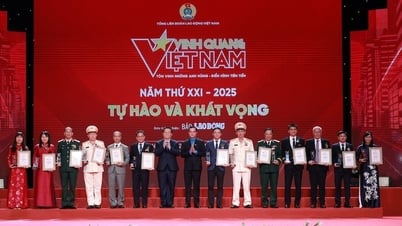

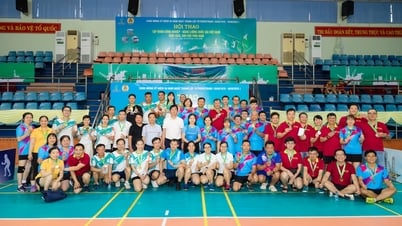
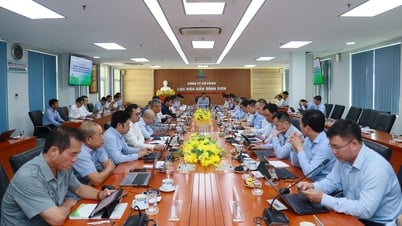




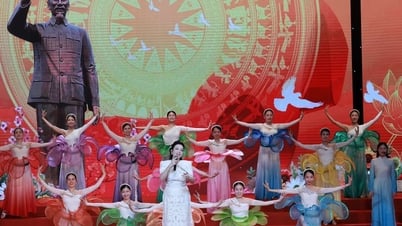





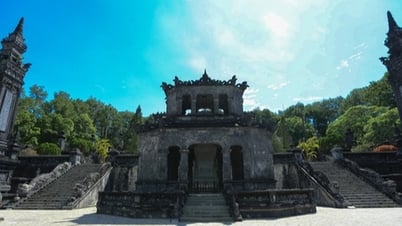



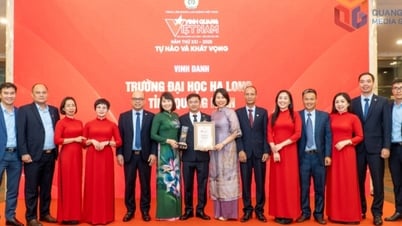


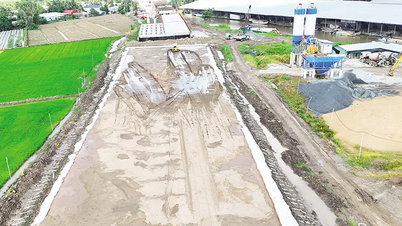



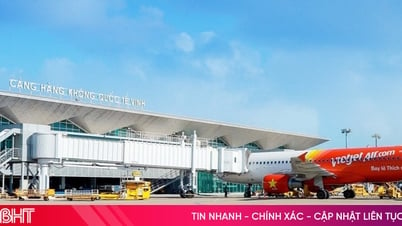














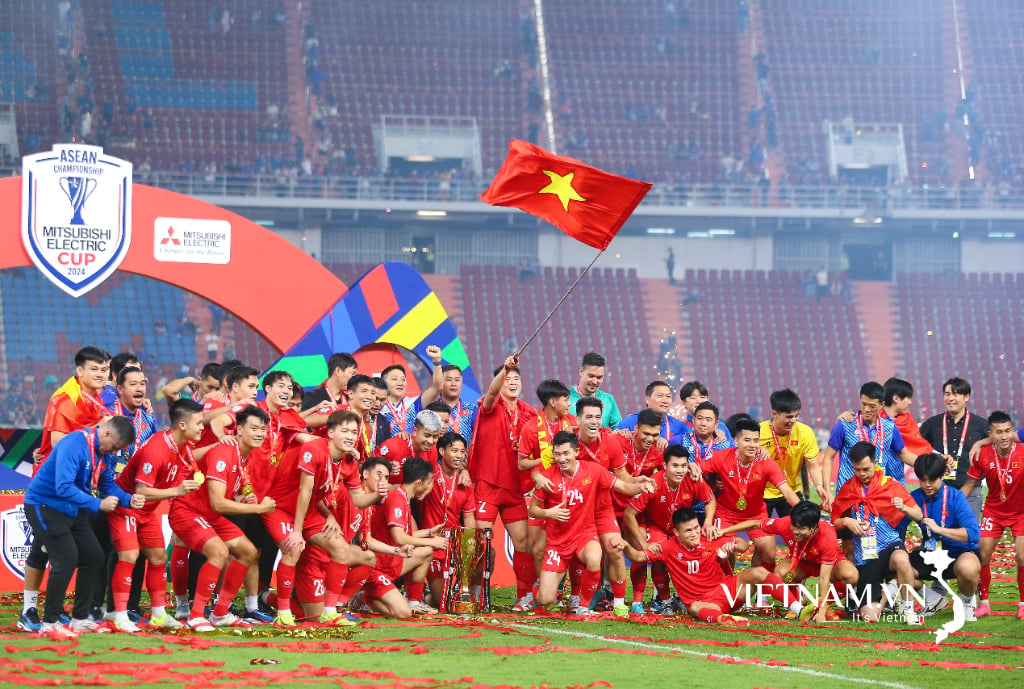
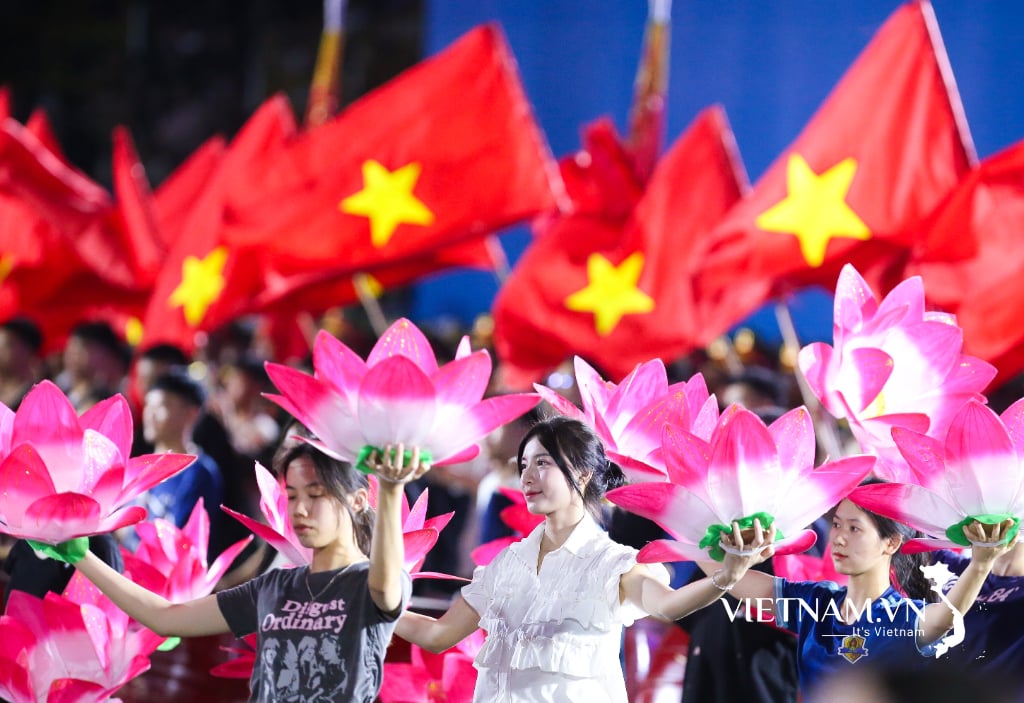
Comment (0)